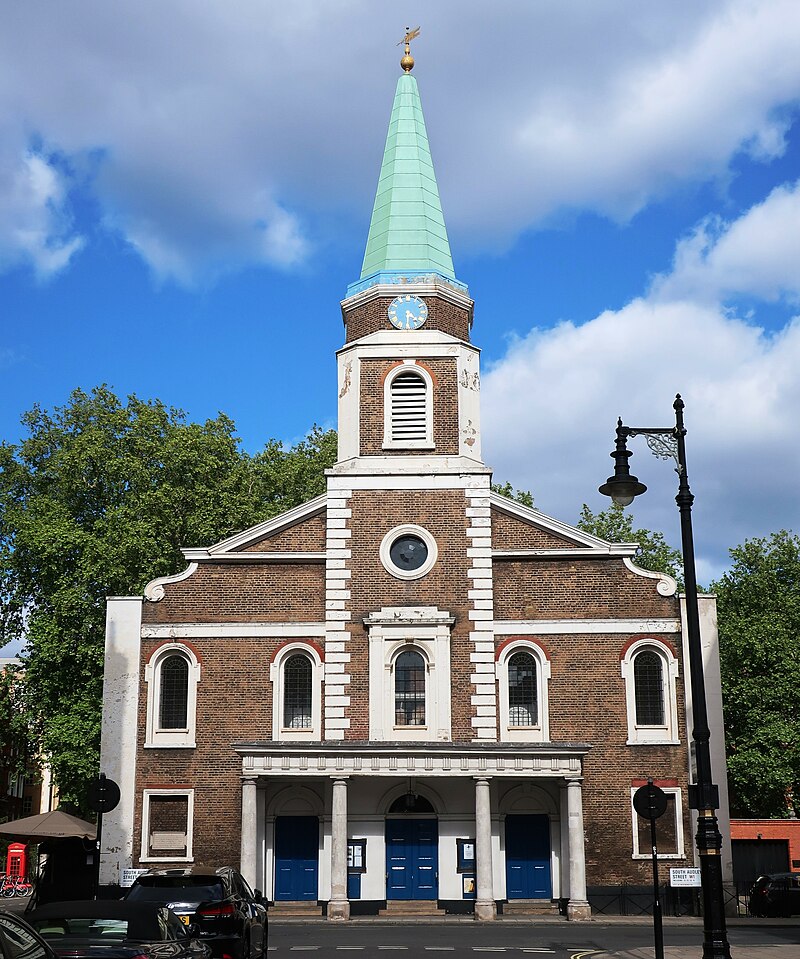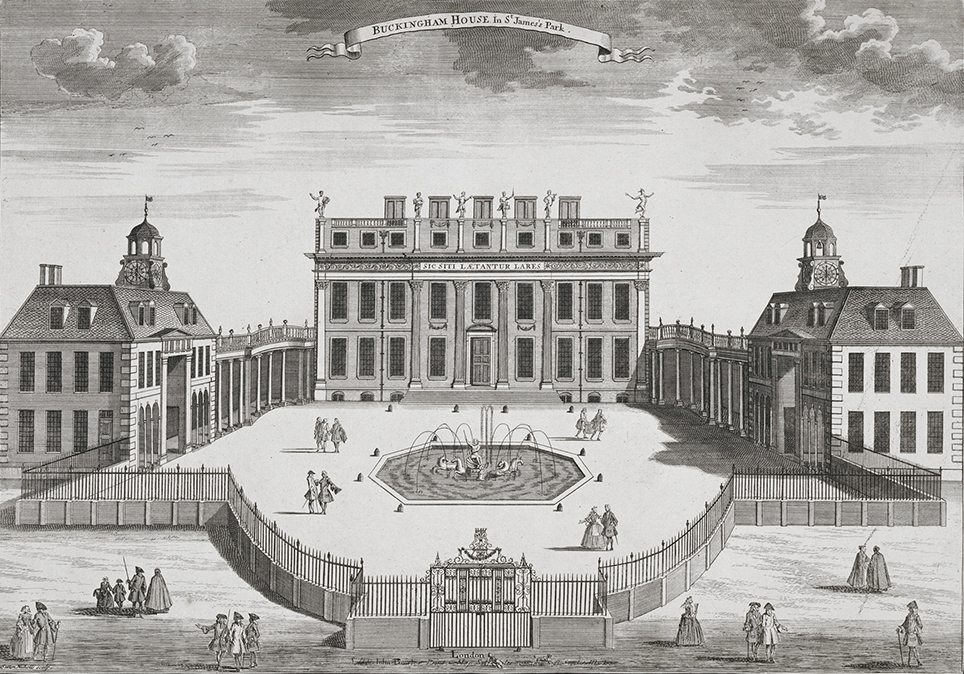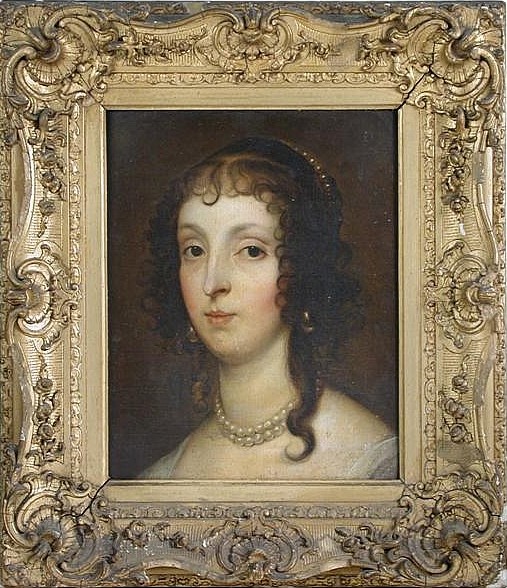by Susan Flantzer
© Unofficial Royalty 2024

Petronilla Melusina von der Schulenburg; Credit – Wikipedia
The early kings from the British House of Hanover did not publicize their illegitimate children. King George I had three illegitimate daughters with his long-term mistress, Melusina von der Schulenburg, before he became King of Great Britain. The future King George I of Great Britain, was the heir of his father Ernst August, Elector of Hanover, Duke of Brunswick-Lüneburg, Prince of Calenberg. George succeeded to those titles when his father died in 1698.

Melusina’s father King George I of Great Britain; Credit – Wikipedia
The British House of Stuart failed to provide a legitimate Protestant heir as required by the Act of Settlement of 1701. When Queen Anne of Great Britain died on August 1, 1714, George, Elector of Hanover, Duke of Brunswick-Lüneburg, Prince of Calenberg was the closest Protestant heir to the British throne. George’s mother, Sophia of the Palatinate, commonly called Electress Sophia of Hanover, was the daughter of Elizabeth Stuart, the second child and eldest daughter of King James VI of Scotland/King James I of England. Therefore, the Protestant, German-born George, Elector of Hanover, Duke of Brunswick-Lüneburg, Prince of Calenberg became King George I of Great Britain, the first monarch of the British House of Hanover, bypassing dozens of Catholics with a better hereditary claim to the British throne.
Petronilla Melusina von der Schulenburg was born on April 1, 1693, in the Electorate of Hanover, now in the German state of Lower Saxony, the daughter of the future King George I of Great Britain and his mistress Melusine von der Schulenburg. Called Melusina, her paternal grandparents were Ernst August, Elector of Hanover, Duke of Brunswick-Lüneburg and Sophia of the Palatinate. Her maternal grandparents were Gustavus Adolphus, Freiherr (Baron) von der Schulenburg (link in German) and his first wife Petronella Ottilie von Schwencken

Melusina’s mother Melusine von der Schulenburg; Credit – Wikipedia
Melusina’s mother Melusine von der Schulenburg came from an old Brandenburg noble family. Her father served as a member of the Brandenburg Privy Council. Melusine’s mother died in childbirth along with her last child. In 1690, Melusine became a maid of honor to Electress Sophia of Hanover, the mother of the future King George I. A year later, Melusine became George’s mistress. In 1694, George annulled his marriage to Sophia Dorothea of Celle after she fell in love with the Swedish Count Philip Christoph von Königsmarck, an officer in the Hanoverian army. Königsmarck disappeared, and it was widely believed that George ordered Königsmarck’s death. Sophia Dorothea was banished to the Castle of Ahlden in her father’s territory of the Principality of Celle, now in Lower Saxony, Germany. She was not allowed to remarry, would never again see her children, and was kept as a prisoner at the Castle of Ahlden until she died in 1727. George did not marry again, and Melusine remained his mistress until he died, also in 1727.
Melusina had two full sisters:
- Anna Luise Sophie von der Schulenburg (1692 – 1773), married Ernst August Philipp von dem Bussche zu Ippenburg, no children, divorced
- Margarete Gertrud von der Schulenburg (1701 – 1726), married Albrecht Wolfgang, Count of Schaumburg-Lippe, had two sons
Melusina had two half-siblings from her father’s marriage to Sophia Dorothea of Celle:
- King George II of Great Britain (1683 – 1760), married Caroline of Ansbach, had eight children
- Sophia Dorothea of Hanover (1687 – 1757), married Friedrich Wilhelm, Margrave of Brandenburg (later King Friedrich Wilhelm I in Prussia), had fourteen children
Melusina and her sisters Anna Luise Sophie and Margarethe Gertrud were never openly acknowledged as King George I’s children. Instead, two of their mother’s sisters and their husbands officially acknowledged them. Anna Luise and Melusina were raised by Melusine’s sister Margarete Gertrud and her husband and distant cousin Friedrich Achaz von der Schulenburg. Margarethe was raised by Melusine’s sister Sophie Juliane and her husband Rabe Christoph, Count (Graf) von Oeynhausen.
In 1714, King George I made his state entry into London accompanied by his mistress Melusine von der Schulenburg, nicknamed “the Maypole” by the British because of her tall, thin appearance. Melusine and her three daughters lived with King George I in the royal palaces and acted as his hostess. At Kensington Palace, Melusine had a three-story apartment overlooking the gardens. In 1716, became a naturalized British citizen, and in the same year was created Duchess of Munster, Countess and Marchioness of Dungannon, and Baroness of Dundalk for life. In 1719, she was further created Duchess of Kendal, Countess of Feversham, and Baroness of Glastonbury and Somerset for life.
In 1722, Melusina’s father King George I created her Baroness Aldborough and Countess of Walsingham for life. When King George I died in 1727, Melusina’s mother used the bequest from George to purchase a house near the River Thames in Isleworth in west London, which she named Kendal House, after one of her peerages. Melusina lived with her mother at Kendal House until her marriage.
September 5, 1733, forty-year-old Melusina married thirty-nine-year-old Philip Stanhope, 4th Earl of Chesterfield, a leading Whig politician. Melusina was then Countess of Chesterfield. The couple had no children. Philip held several positions, including Lord of the Bedchamber to King George II, Captain of the Yeomen of the Guard, Ambassador to the Netherlands, Lord Steward of the Household, and Lord Lieutenant of Ireland.
Between 1747 and 1752, Philip built Chesterfield House, a London townhouse, where he and Melusina lived when in London. Because Melusina and Philip had no children, Philip protected his title and wealth by adopting his distant cousin and godson Philip Stanhope, a descendant of the 1st Earl of Chesterfield, as his heir and successor to the title of Earl of Chesterfield. Philip Stanhope, 4th Earl of Chesterfield died at Chesterfield House in London on March 24, 1773, aged 78. He was buried at Saints Peter and Paul Churchyard in Shelford, Rushcliffe Borough, Nottinghamshire, England, the traditional burial place of the Stanhope family.

Grosvenor Chapel, where Melusina is buried with her sister Anna Luise Sophie and her mother; Credit – By GrindtXX – Own work, CC BY-SA 4.0, https://commons.wikimedia.org/w/index.php?curid=90320190
Melusina survived her husband by five years, dying on September 16, 1778, aged 85. She was buried with her mother and sister Anna Luise Sophie at Grosvenor Chapel in South Audley Street, London, England
Works Cited
- Beauclerk-Dewar, Peter & Powell, Roger. (2006). Right Royal Bastards – The Fruits of Passion. Burke’s Peerage & Gentry LLC.
- Flantzer, Susan. (2015). King George I of Great Britain. Unofficial Royalty. https://www.unofficialroyalty.com/king-george-i-of-great-britain/
- Flantzer, Susan. (2020). Melusine von der Schulenburg, Duchess of Kendal, Mistress of King George I of Great Britain. Unofficial Royalty. https://www.unofficialroyalty.com/melusine-von-der-schulenburg-duchess-of-kendal-mistress-of-king-george-i-of-great-britain/
- Melusina von der Schulenburg, Countess of Walsingham. geni_family_tree. (2023, January 6). https://www.geni.com/people/Melusina-von-der-Schulenburg-Countess-of-Walsingham/6000000003693108543
- Melusine von der Schulenburg, Duchess of Kendal. (2024, July 16). Wikipedia. https://en.wikipedia.org/wiki/Melusine_von_der_Schulenburg
- Weir, Alison. (2008). Britain’s Royal Families – The Complete Genealogy. Vintage Books.
- Wikimedia Foundation. (2024). Melusina von der Schulenburg, Countess of Walsingham. Wikipedia.https://en.wikipedia.org/wiki/Melusina_von_der_Schulenburg,_Countess_of_Walsingham
This article is the intellectual property of Unofficial Royalty and is NOT TO BE COPIED, EDITED, OR POSTED IN ANY FORM ON ANOTHER WEBSITE under any circumstances. It is permissible to use a link that directs to Unofficial Royalty.































